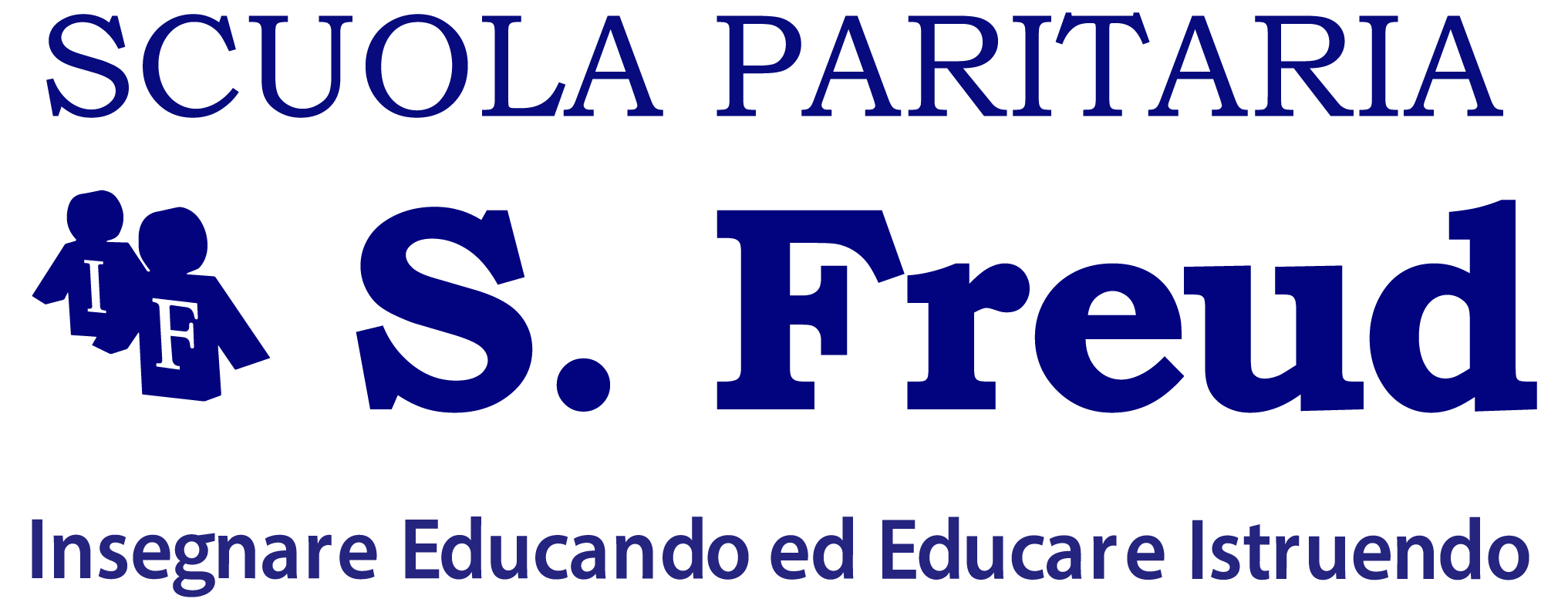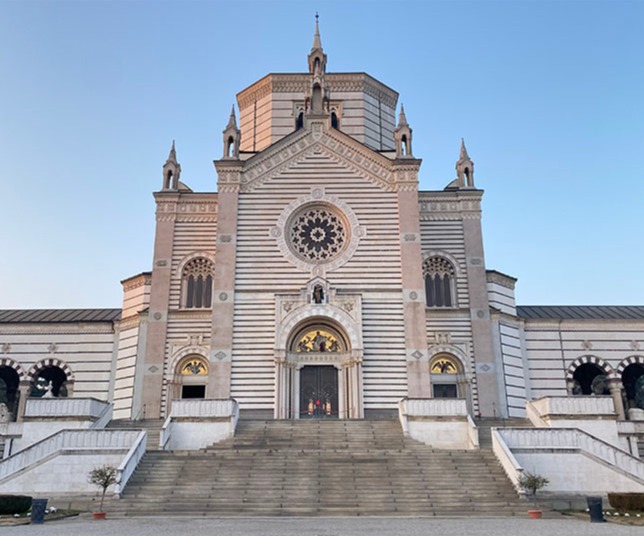20 febbraio 2024
On February 21, 2024, students in the fourth classes of the Technical Economic Tourism address will take part in the educational trip to the Cimitero Monumentale in Milan. The event will take place from 11:00 a.m. to approximately 1:00 p.m. Students not taking part in the aforementioned educational outing will be required to come to school to perform the first two hours of class and to justify the subsequent hours of absence. Finally, please note that absences not properly excused will affect the final conduct grade.
CONTENTS
Telling the collective memory of a city is a challenging and always treacherous undertaking: instead, telling the story of Milan, starting from the Cimitero Monumentale, offers a fascinating journey full of many surprises. The Cimitero Monumentale is by its very nature the place where, housing the remains of citizens, their memory, memories and deeds are preserved, honored and handed down. Because of the very high artistic value of the sculptures and architecture within it, the Monumental Cemetery is among the most important in Italy and Europe on a cultural level: an open-air museum. As Ugo Foscolo wrote in the carme Dei Sepolcri, "To egregious things the strong soul light the urns of the strong, O Pindemonte; and beautiful and holy do they make to the peregrin the land that recipes them." in controversy with the Napoleonic Edict of Saint Cloud-which called for the relocation of cemeteries from the city center to the suburbs and the use of the same tombstones for all burials-the author reasons about the power of sepulchres to inspire those who visit them to replicate the deeds of those who are no longer there. The Cinitero Monumentale may therefore be a suitable place to find such inspiration and reflect further on Foscolo's poetics, allowing oneself to be captivated by the artistic beauty of the tombstones and sepulchral statues it houses
GOALS AND OBJECTIVES
- To appreciate art in relation to literature and to reason about the positive influence it can exert on the beholder
- To foster the ability to combine didactic knowledge, discussed in class during face-to-face lectures, with a cognitive and metacognitive learning process;
- Foster critical and observational sense;
- To arouse curiosity and interest;
- Enhancing a sense of belonging to the class group;


